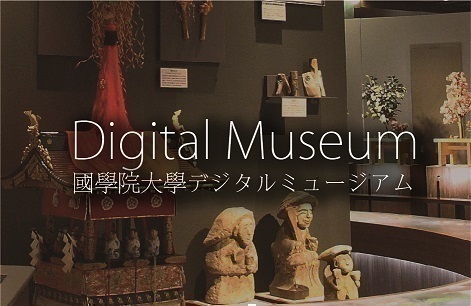- トップ
- Encyclopedia of Shinto
- Ōyama Shinkō
Encyclopedia of Shinto
| Main Menu: | |
| Links: |
詳細表示 (Complete Article)
| カテゴリー1: | 6. Belief and Practice |
|---|---|
| カテゴリー2: | Mountain Beliefs and Practices |
| Title | Ōyama Shinkō |
| Text | Beliefs and practices associated with Mt Ōyama (1246 m.), in the eastern part of the Tanzawa range in Kanagawa Prefecture. Regarded as sacred since ancient times, it is also called Afurisan (Mt. Rainfall), because of the rain clouds that form around its peak, providing those who farm the land at its foot with water for their crops. Its distinctive shape also meant that it was a beacon for fishermen in nearby Sagami Bay; thus it was also regarded as a tutelary deity for sea voyages. There is a large stone formation on its summit, which is the site of a shrine, Sekisonsha, dedicated to the rock deity. Because of its phallic shape, people prayed there for children, while prostitutes brought petitions for a flourishing trade. As well, members of criminal gangs, regarding the formation as representing a sword, made it their guardian spirit. According to legend, the founder was the Kegon priest Rōben, who received a vision of Fudō Myōō on the summit, and who from 755 lived there for three years with imperial permission and established the basic ground plan of the temple. Others associated with the founding include Kūkai (the traditional third head priest) and Annen (the traditional fifth head priest), who brought Tendai Buddhism to the site. The temple is said to have flourished after that as a center that combined Kegon, Shingon and Tendai teachings and practices. It was restored in the thirteenth century by Gangyō of the temple Dairakuji in Kamakura and it was at his instigation that the iron statue of Fudō Myōō associated with Ōyama's temple, Ōyamadera, was made. Buildings in the shrine-temple complex included Sekisonsha on the summit, the Fudō Hall on the flanks and twelve subtemples (of which eight of the most important were supervisory [bettō] temples) where shasō (Buddhist priests serving the shrine) and shugen (see Shugendō) were active. Another shugen center was formed at Minoge to the west. During the medieval period, Ōyama developed under the patronage of the Kamakura bakufu and the Go-Hōjō clan of Odawara. In 1605 discipline was heightened on the mountain, as a result of which only fully ordained priests were permitted to live in the shrine-temple complex; they subsequently became the administrative core. At the same time the shasō and the shugen practitioners who had previously been scattered around the mountain were made to live below the Fudō Hall at the foot of the mountain, and a village of oshi (pilgrim guides) was formed. Tendai influence was swept away and with Shingon in the ascendant, Ōyama sought to become a prayer-temple of the Shogunate, as the Kōyasan of the Kantō region. In the middle of the Edo period, at a time of great economic prosperity, confraternities (kō) were formed among the people in the Kantō and Tōkai regions, with the result that the Ōyama pilgrimage became extremely popular. During the Bon period, between the twenty-seventh day of the sixth month and the seventeenth day of the seventh month, large numbers of people climbed the mountain, encouraging the formation of Ōyama kaidō (roads) in many areas. It became customary for people making pilgrimage to Mt. Fuji to visit Ōyama also. If people did not visit Ōyama on their return from Mt. Fuji they were said to have made a "single pilgrimage" (katamairi). Ōyama was considered, from its shape, to represent the phallus (yang), while the crater of Mt Fuji was the vagina (yin). Thus visiting both was to pray for harmony between yin and yang, according to popular belief. The popularization of the Ōyama cult depended to a large extent on the propagation efforts of its oshi. They visited their supporters in various localities between the eleventh and third months each year distributing talismans and promoting their lodgings for people to stay at when they visited the mountain. According to the gazetteer Shinpen Sagami no kuni fudō kikō (1841), in the nineteenth century Ōyama, in terms of temple organization, comprised eight supervisory subtemples (daibō), four canvassers (daikanjin), eleven priests in charge of ritual offerings (kusō), six ancillary subtemples (kyōbō), three shugen priests, six shrine priests (jinke, who also worked as oshi), and 166 oshi, totaling 197 persons. At the time of the separation of kami and buddha worship (shinbutsu bunri), the Hirata follower Gonda Naosuke encouraged a thorough Shintofication of the complex, as a result of which Ōyamadera became Afuri Shrine and all the subtemples were abolished. Buddhist priests moved to Raigōin and renamed it Hōjusan Myōōji. In 1915 it reverted to its former identity, becoming the present Ōyamadera (Shingon-shū, Daikakuji-ha). The Ōyama pilgrimage still existed at the end of the Second World War but it was only a shadow of its former self. Today it is supported by oshi, called sendōshi. — Suzuki Masataka |




